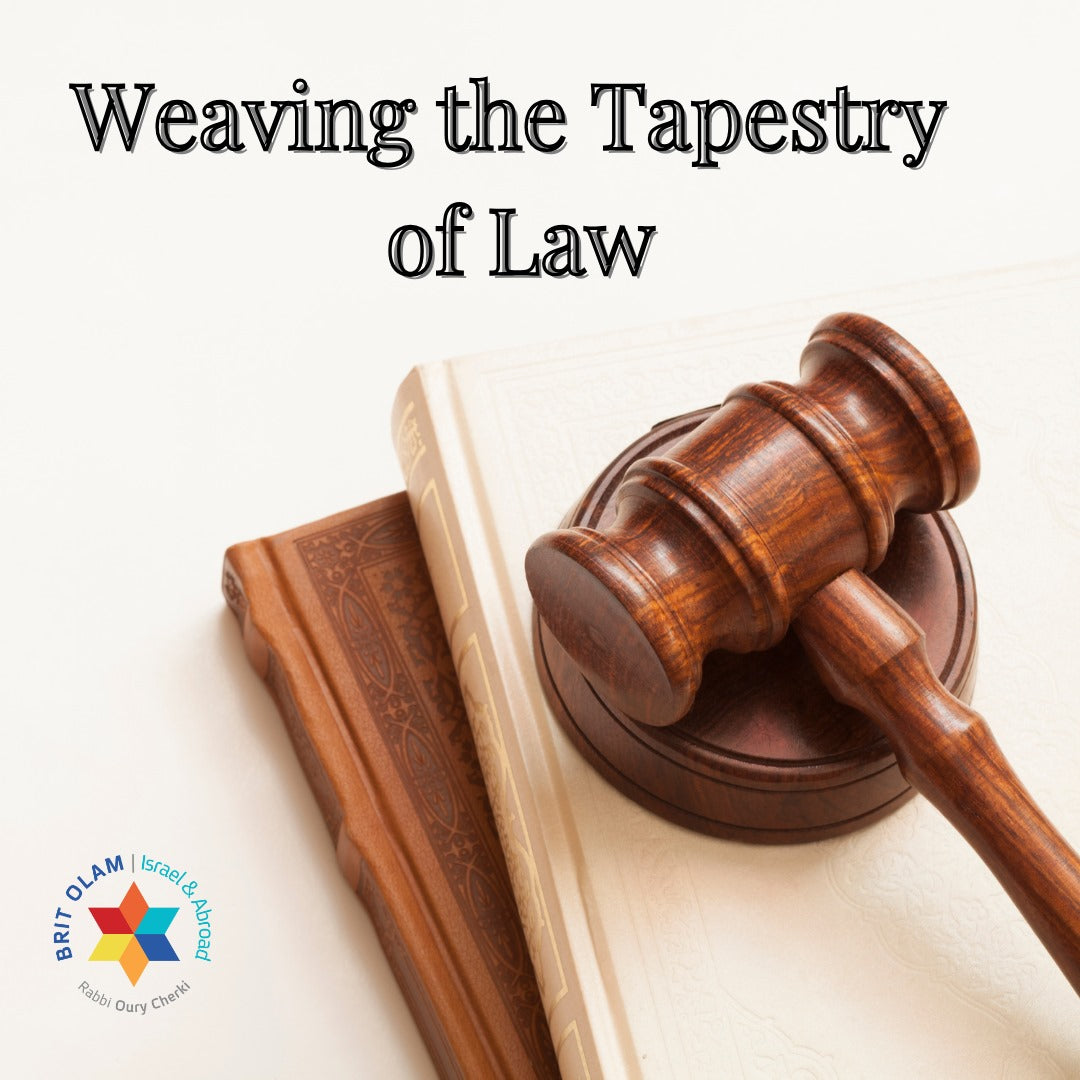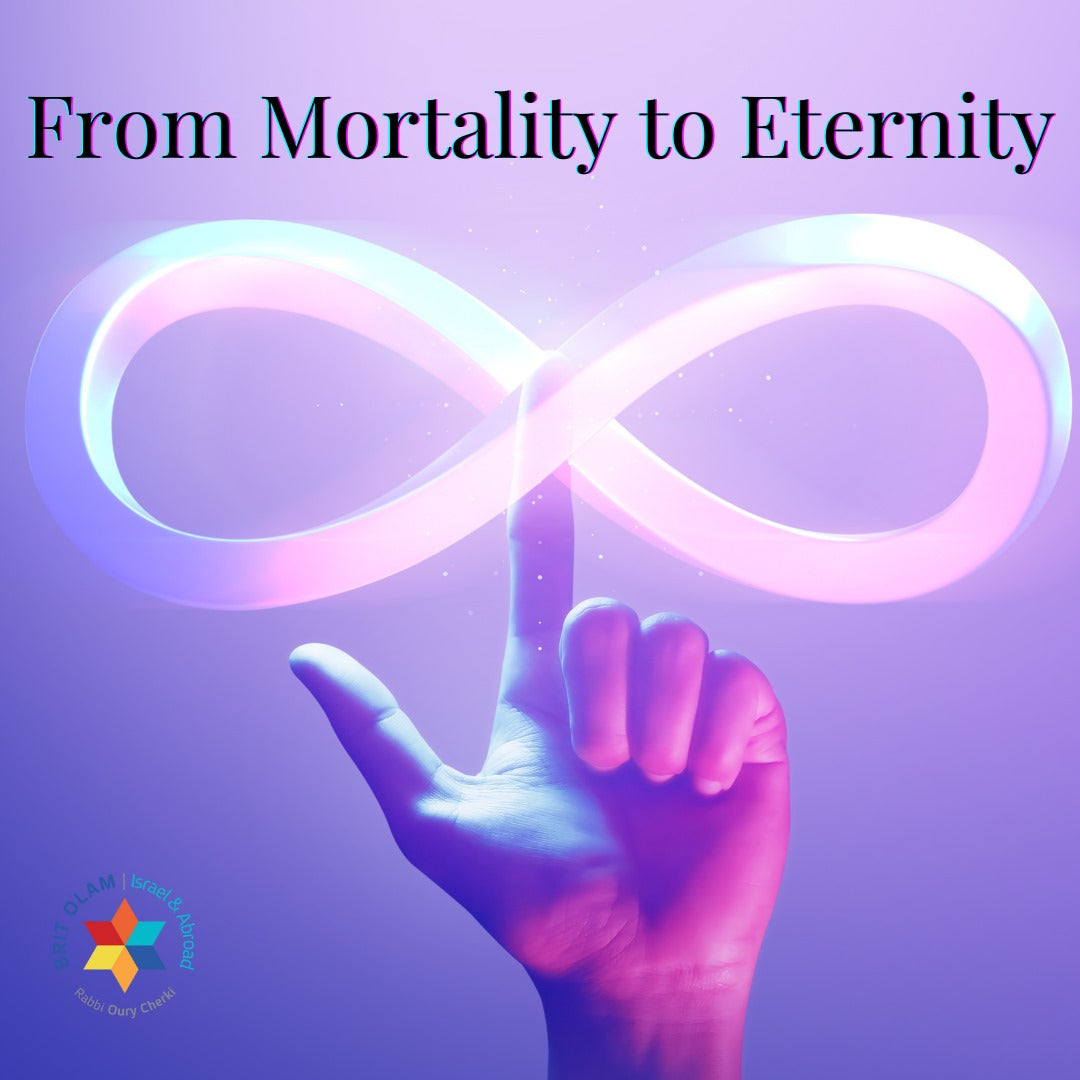From Impurity to Connection: The Torah's Unexpected View of Childbirth (The transformation from "impurity" to connection and the surprising perspective of the Torah)
A woman giving birth is a miraculous event. Parshat Tazria begins with the laws of a woman giving birth, and we are so joyful when a new child enters the world - whether male or female. So why does the Torah say that a woman giving birth is " impure"? She's not impure because there's disgrace in childbirth; quite the opposite, it's because she was full of life during pregnancy, and that life departed her, leaving a void where there was once vitality, hence impurity. Purification lies with the newborn. If it's a girl, the impurity is doubled because every girl is destined to give birth. Thus, the loss of life is twofold, in the girl born and in the male born. Here, we see the Torah's optimistic view of life.
So why is a woman giving birth required to bring a sin offering? What sin did she commit? According to Christian perception, childbirth itself is a sin due to involvement in Adam's transgression. But our sages said the exact opposite. At the moment a woman gives birth, in her agony, she vows never to return to her husband, signifying she wants to end the continuation of life that she is capable of. Therefore, a sin offering is required to say that life is more important than any personal pain, hers or another woman's. Psychologically, it runs even more profound. When a woman gives birth, she automatically becomes connected to the past, And the future, which until now was concealed within her, is found within the fetus." Hidden envy arises between mother and son or daughter, which needs atonement and adoption of life as the primary trend of human life.
To see more about this subject, look here https://noahideworldcenter.org/pages/life-cycle



